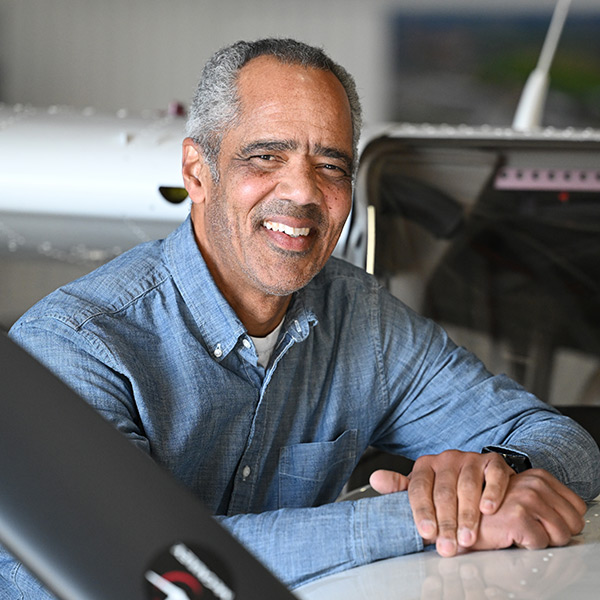Flying VFR through a TFR
A few weekends ago my wife, Alex, and I planned to fly to Lebanon, New Hampshire, from our home airport in Blairstown, New Jersey. A temporary flight restriction centered on Bedminster, New Jersey, would be active during our expected departure and return, however, leading us to wonder if the trip was worth the hassle.
In the end we reached a compromise familiar to general aviation pilots: “Let’s drive instead.”
Of course, the solution is simple and nonpartisan: File a VFR flight plan, squawk, and talk. Or in many cases, re-learn how to do so. The last time I filed, I was a student pilot, back when you did such things over the phone. It has long since become an easier online endeavor, though you can still get live help from a human to make sure your plan includes the required information.
Since I fly to Class D and Class C airports regularly, using transponder codes and talking with air traffic control are no longer daunting. TFRs, though, remain scary because of the potential for fighter interception and serious punishment.

I know plenty of pilots who simply self-ground when TFRs affect their fields, and others who fly in regions where TFRs are so rare that they do not think about them. There also are quite a few who do not talk to ATC. Ever. Still others take their chances, often unwittingly straying into restricted airspace. Indeed, several incursions have been reported this summer, including 11 during the recent July 4 weekend.
Flying through TFRs legally might feel like a high hurdle to folks who have not conditioned their radio voices, but it is easy enough, and this is a good time to take the plunge in the name of exercising our freedom to fly, whether the executive branch or other VIPs visit your neighborhood regularly or not.
When another Bedminster TFR affected my travel plans on June 21, I used the Leidos Flight Service website to assemble and file my VFR flight plan; the AOPA Airport Directory to study details of the TFRs (displayed prominently on the detail pages for affected airports) and find the clearance delivery phone number to receive a frequency and transponder code, which I would need prior to takeoff; and ForeFlight, which displayed the TFR rings as I flew through them.
The rules I describe apply to GA pilots operating from airports within the TFR’s outer ring, typically a 30-mile radius. GA operations generally are forbidden within the inner ring, usually a 10-mile radius.

Because Blairstown Airport is in a valley, I could not reach Allentown Approach below about 2,000 feet. I kept calling until someone answered. After a couple of minutes, we were talking, and I made a beeline to exit the TFR’s 30-mile radius as quickly as possible. Once outside the TFR you may request a frequency change to return to the non-ATC lifestyle. I opted to keep radar service to Lebanon, my destination.
The bottom line is that operating within a TFR is surprisingly easy. Activate your discrete squawk code before takeoff and contact ATC once in the air, which might take a few attempts. Stay on course until you establish communication. Once you are talking with ATC, you are golden as long as you follow the controller's instructions.
Next time a TFR affects your airport, don’t let it keep you on the ground against your will.




